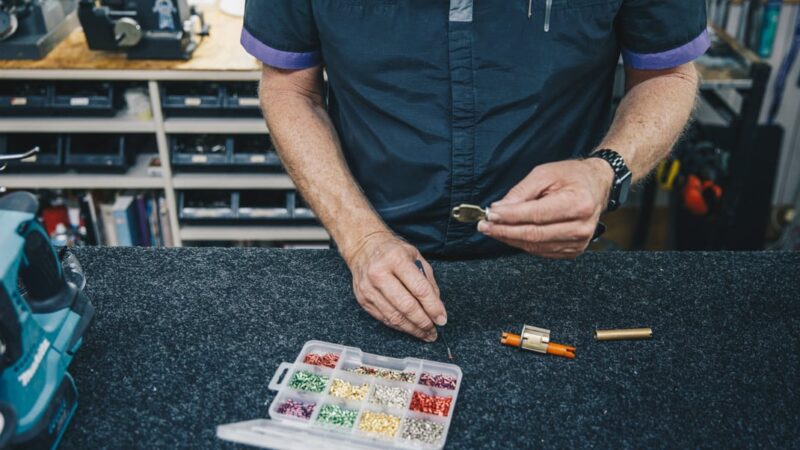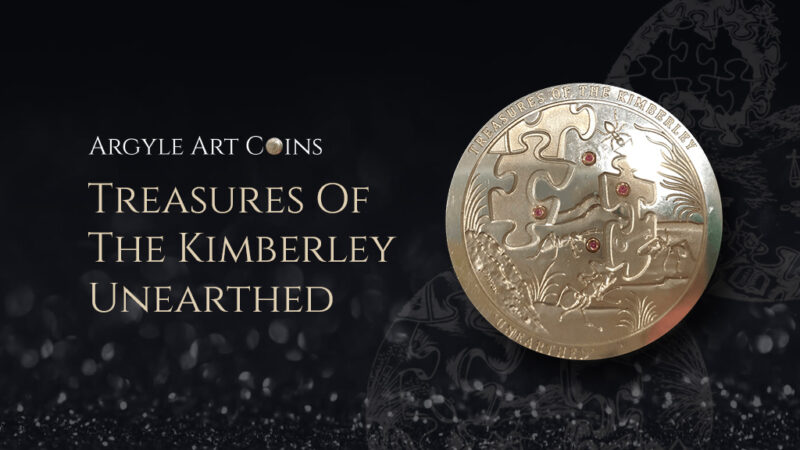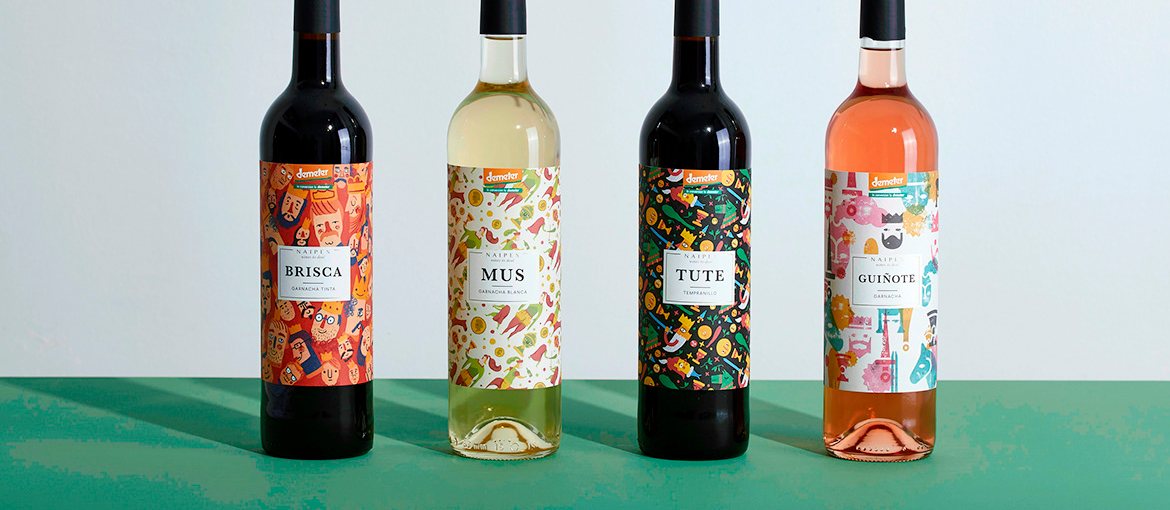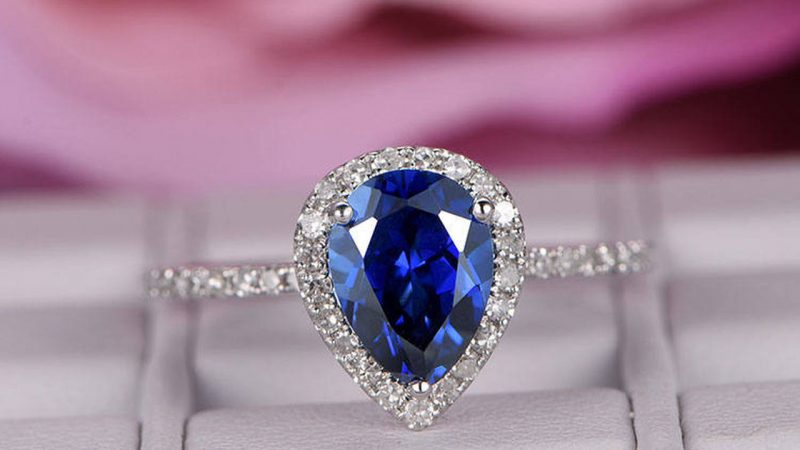How often have you caught yourself thinking that a wine label contains a lot of incomprehensible information? Happened? But the ability to read the label significantly increases the chances of choosing really good wine in the store. On labels, especially on the labels of French wines, there are many abbreviations and designations.Only a specialist can know and understand them all, but, fortunately, most wine labels are easy to read. Let’s see what the inscriptions and numbers that we see on the wine label most often mean.
NEW WORLD WINE LABEL :
New World wines include drinks from Chile, Argentina, USA, Australia, New Zealand, South Africa. Their wine label are the simplest: they are usually written in English, do not contain complex “incomprehensible” designations, are quite informative. Although in most of these countries there are no rules governing certain inscriptions on the label, manufacturers try to give consumers all the important information about the drink.
Usually, the label of a South African, Australian or other New World wine indicates the producer, region and vintage of the grape, and the alcohol content in the drink. The grape variety is also indicated, and if the wine is made from an assemblage, the prevailing variety will be listed first.
The name of the wine is often the name of the vineyard, producer or variety; it can be a batch number, but it can also be different, for example, just some beautiful word – of course, it must be present on the label. The name of the vineyard can sometimes appear not on the label, but on the back label. The number of the batch of wine is sometimes written on it.
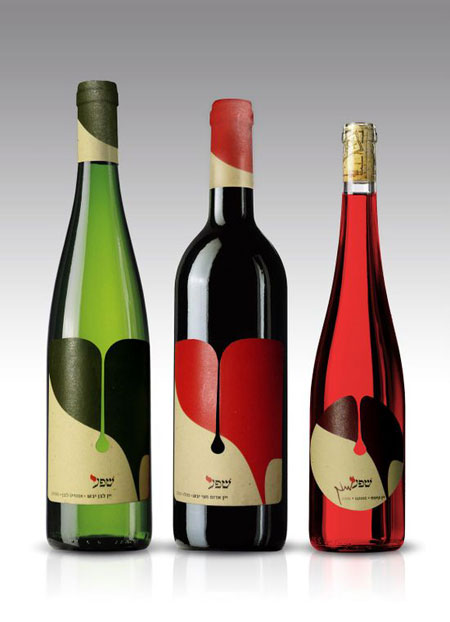
OLD WORLD WINE LABEL
Old World wines are European wines produced in traditional wine regions. Their labels are harder to read than New World wine labels, but more information can be gleaned. Let’s take a look at the French wine label as the most informative one. The ability to read it will help to understand the inscriptions on the labels of German, Spanish, Portuguese, Italian wines. Here’s what each lettering on the 2003 Macon Village label means:
- Beverage manufacturer name
- Berry harvest (millesim)
- Wine region – place of origin of wine
- The manor where the grapes were grown
- Appellation (special area) where the grapes were grown
- Quality category. For example, the highest, 4th category. Sometimes it is also denoted by the text Appellation controlee, abbreviations AC and AOC Indicates that the quality of the drink was strictly controlled in the appellation of origin (in the case of the example, in Macon Village). The 1st category is called Vin de table – it means “table wine”. 2nd, Vin de pays – local (that is, produced in a specific place) wine. 3rd, Vin Délimité de Qualité Supérieure, or VDQS for short, is a high quality brand.
- Alcohol content in wine
- The volume of the drink in the bottle
- The name of the company that bottles and sells wine
- “Made in France”. This inscription can only be seen on the labels of wines intended for export.
- Company address.
A few more important designations found on the labels of French wine bottles:
- Cru – grapes for this wine are grown in the highest category vineyards.
- Cru Classe – Bordeaux wine of the highest quality.
- Grand Cru is a particularly high quality drink.
- Grand Vin is the main wine of the winery.
There may be fewer inscriptions on the labels of German, Italian, Spanish wines, they may be arranged in a different order. However, the basic information on their labels is roughly the same as on French wine bottle labels.



